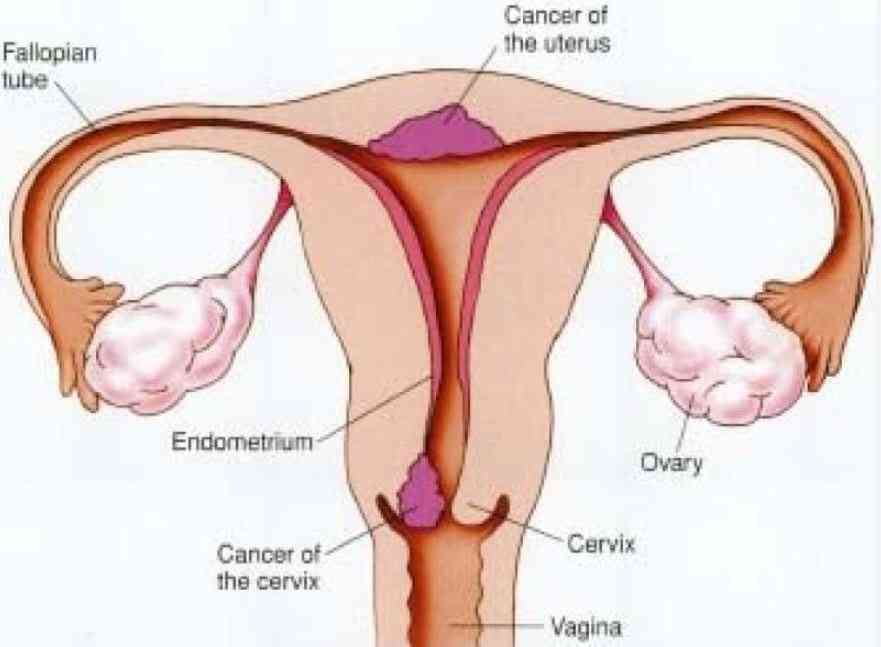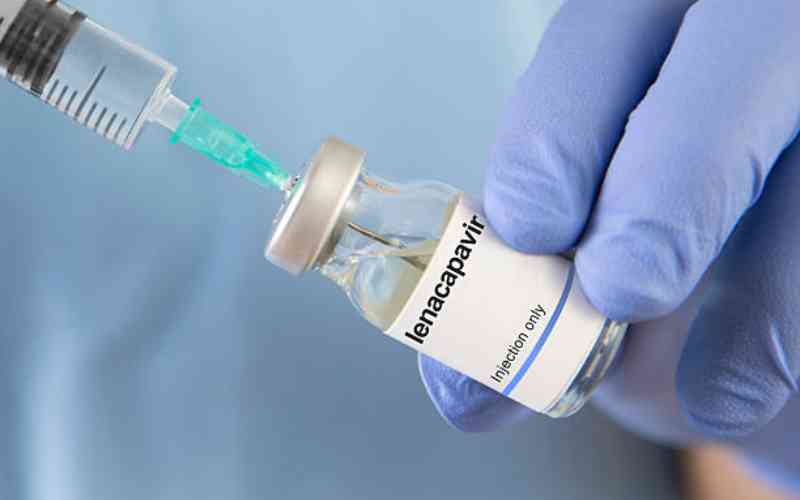
Blepharitis is a chronic or long-term inflammation of the eyelids and eyelash hair follicles and which can affect people of all ages. It usually affects the edges along both the eyes. When the tiny oil glands near the base of the eyelashes become clogged, they give rise to irritation and redness.
This attracts too much bacteria at the base of the eyelashes; causing discomfort and a scratchy feeling. Scalp dandruff also plays a vital part in enhancing Blepharitis.
Blepharitis is normally characterised by lid crusting, redness, misdirected lashes and styes. However, it is non-contagious and usually affects the lower eyelid and eyelashes.
Although it does not affect vision or damage the eye, it can lead to loss of eye lashes, eyelid scarring and inflammation of the cornea. It can also affect the skin around the base of the eyelid.
Usually Staphylococcal bacteria causes ulcerative Blepharitis but it can also be caused by a virus, like herpes simplex or zoster.
Blepharitis tends to be worse in cold windy weather, prolonged computer usage, sleep deprivation, air-conditioned environments, contact lens wear, and with general dehydration. It also tends to be worse in the presence of active skin disease.
Conditions associated Blepharitis include a red tender bump on the eyelid which is caused by an acute infection of the oil glands of the eyelid. The other is chalazion, condition which can follow the development of a stye. It is usually a painless firm lump caused by inflammation of the oil glands of the eyelid.
Ultimately, if left untreated, it can cause potentially serious surgical complications, including slow visual recovery, decreased and or fluctuating vision.
Holding a warm tea bag over closed eyes for at least one minute may loosen the flakes that are stuck to the eyelashes and prevent oil glands from clogging.
Exposure to sunlight, drinking excess alcohol, or caffeinated beverages, eating a lot of greasy foods can all be factors in making this condition worse.
Blepharitis is treated by keeping the lids clean and free of crusts. Warm compresses should be applied to the lid to loosen the crusts, followed by a light scrubbing of the eyelid with a cotton swab and a mixture of water and baby shampoo.
Additionally; patients with posterior blepharitis will need to massage their eyelids to clean the oil accumulated in the glands.If the blepharitis is severe, an eye care professional may also prescribe antibiotics or steroid eye drops.
Because blepharitis rarely goes away completely, most patients must maintain an eyelid hygiene routine for life.
When scalp dandruff is present, a dandruff shampoo for the hair is recommended as well.
Patients who also have acne rosacea should have that condition treated at same time.
Prevention of Blepharitis includes; keeping your eyelids clean, removing all eye makeup before going to bed, avoiding use eyeliner on the back edges of your eyelids, behind the lashes and preventing further irritation by not using makeup in early stages of treating blepharitis.
Dr Murtaza Somji is an ophthalmic optician at Eyestyle Opticians
 The Standard Group Plc is a multi-media organization with investments in media
platforms spanning newspaper print
operations, television, radio broadcasting, digital and online services. The
Standard Group is recognized as a
leading multi-media house in Kenya with a key influence in matters of national
and international interest.
The Standard Group Plc is a multi-media organization with investments in media
platforms spanning newspaper print
operations, television, radio broadcasting, digital and online services. The
Standard Group is recognized as a
leading multi-media house in Kenya with a key influence in matters of national
and international interest.











